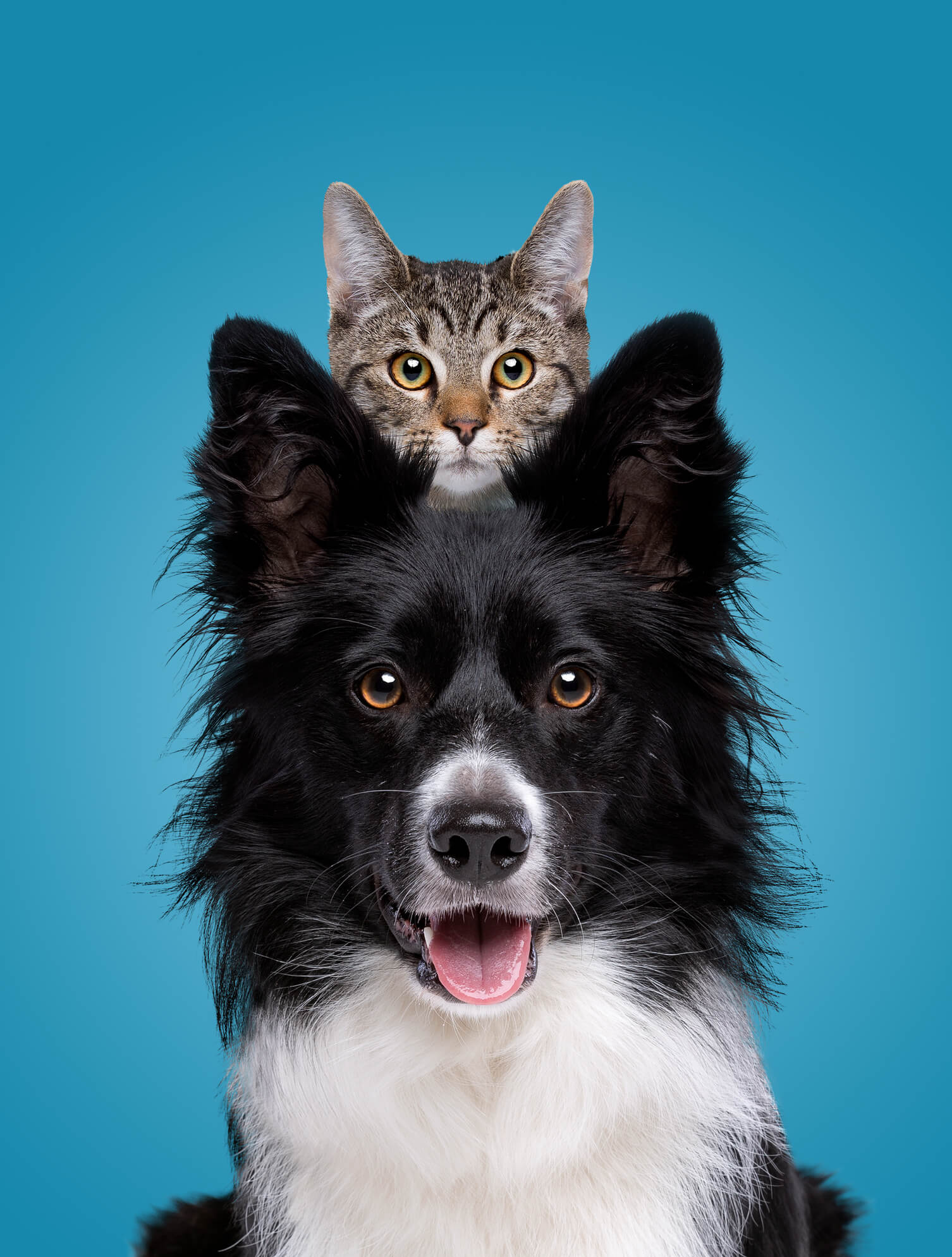Those who love cats know it: meowing is not the only way our beloved felines have to communicate , but they often resort to another way that only they have: purring !
This expression probably derives from the fact that the sound emitted by cats while purring is very reminiscent of what the old spindle used to spin wool did. A soft and regular rustle, long and repeated.
Knowing the motivations behind the most common behaviors of our feline friends is essential to build a relationship of trust and understanding with them. That is why, if you want to learn more, we have created a guide that explains the behavior of the cat .
HOW CAN THE CAT PURRING?
There are many theories on how cats manage to purr.
It is thought, for example, that this sound may derive from the contraction of the larynx , which, blocking the air, causes this low and prolonged hum.
Or it is believed that this buzz is caused by the vibrating of the so-called “false vocal cords” that cats possess.
Finally, there are those who allege this sound to a vibration of the rib cage .
WHY AND WHEN DO CATS PURRING?
Cats begin purring as soon as they are born , before they can even meow or open their eyes, around the second day of life.
In fact, the original function of the purr allows newborn kittens to communicate with their mother , especially during feeding, to make her understand that they are fine and that everything is going well, but at the same time to require care and attention.
The mother in turn responds by purring to make the puppies feel her presence and to reassure and reassure them.
In adulthood , cats purr at various times of the day and on various occasions. The purr in the adult cat, however, can have a double value:
- Communicating Joy, Well-being and Happiness : the cat purrs when it receives cuddles and caresses, to communicate its closeness and affection and that it feels happy and satisfied. Purring often indicates that the cat is calm and well. In this case the purring is accompanied by the typical gesture of “making pasta”, a gesture that the animal adopted as a puppy, during the suckling of the milk from a mother cat.
- Communicate Malaise or Discomfort: when our furry is in situations of pain, fear, anguish, discomfort or illness, he often resorts to purring, which are not the expression of pain or fear, but a modality that the cat adopts to self-calm and to release the stress that a moment of discomfort can entail. In short, a form of self-reassurance that our feline friend puts in place to face the most difficult moments. It is very important to pay close attention to the signals that the cat sends us to understand when it is sick and to intervene in a timely manner.
PURING OF THE CAT AND WELLNESS FOR MAN
Numerous studies and scientific researches show that the purring of our furry friends involves a whole series of beneficial effects for humans , which perhaps, even without science, those who live with a cat will have experienced.
From a psychic point of view , it seems that cuddling a purring cat can help to significantly decrease the levels of stress, anxiety, depression and insomnia , and automatically reactivates the good mood and generates a state of deep relaxation and well -being, and to benefit from it. it will be the whole organism!
From a physical point of view, however, some research explains that purring emits low frequencies (between 25 and 50 Hertz) used in physiotherapy for decrease pain and inflammation of the musculoskeletal system and tendons, even accelerating the processes of scarring and formation of younger tissues.
In addition, the exposure to these low frequencies that the cat emits during the purr, decreases blood pressure and regulates the heartbeat , leading to a state of relaxation.
In short, in addition to the immense pleasure that it gives us to caress our cat, we now also have the confirmation that it is also good for our health!


